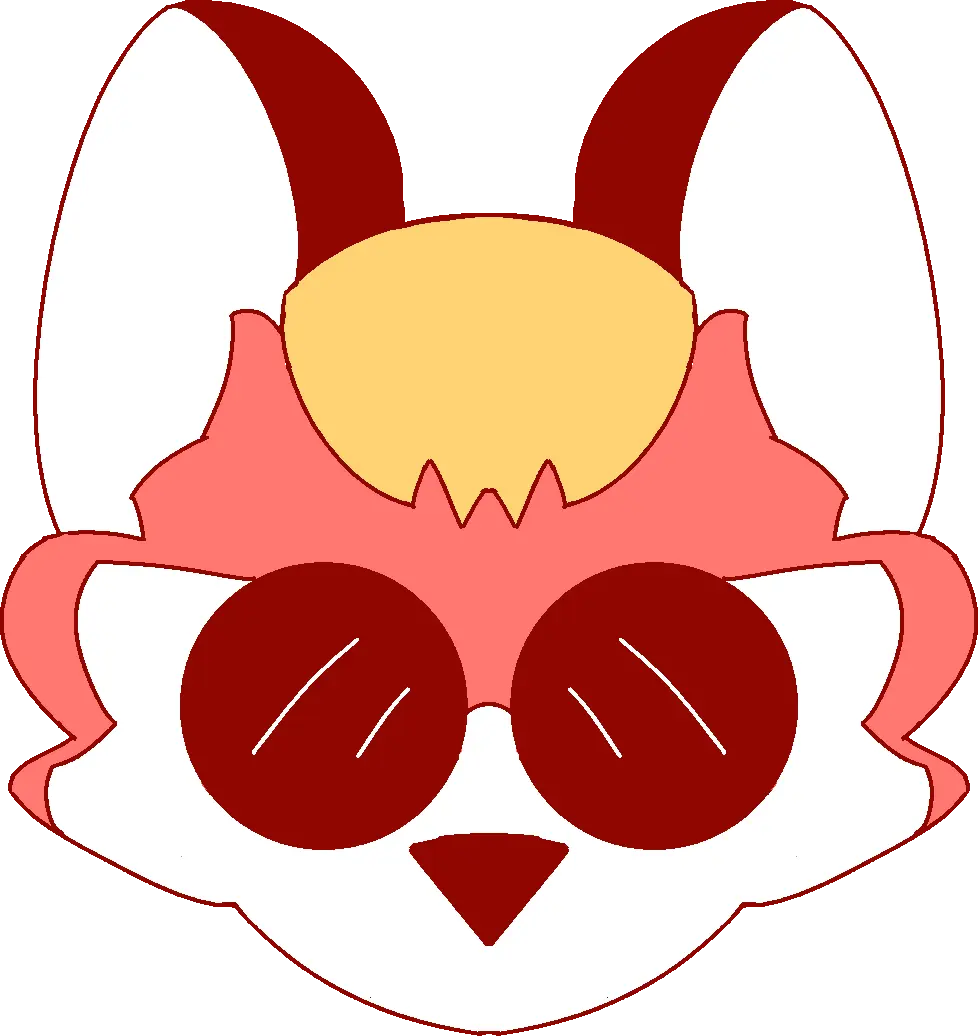Abridged Version
Wayland is a set of protocols that govern how a compositor draws stuff on the screen, and how apps interact with the compositor’s drawing-stuff-on-the-screen infrastructure. It’s similar to the HTTP and SMTP protocols that govern how web browsers and email clients send and receive web pages and data.
Why does Wayland exist?
In a nutshell, because X11–the thing it’s replacing–is dead
The fundamental X11 development model was to have a heavyweight window server–called Xorg–which would handle everything, and everyone would use it. Well, in theory there could be others, and at various points in time there were, but in practice writing a new one that isn’t a fork of an old one is nearly impossible. Everyone strongly preferred to standardize on a single X server and migrated in unison from one to another when a better fork became available, because it was convenient. And it was convenient because because it centralized limited development resources, and when a feature was added to the X server, everyone gained access to it automatically.
In essence, Xorg became too large, too complicated, and too fragile to touch without risking breaking the entire Linux ecosystem. It’s stable today because it’s been essentially frozen for years. But that stability has come hand-in-hand with stagnation. As we all know in the tech world, projects that can’t adapt die. Projects that depend on them then die as well.
The fact that Wayland’s minimal core protocol made it unable to fully replace the thing it aimed to replace was a bad architectural design decision on the part of its authors that crippled the prospect of its rapid adoption when it was released in 2008. We didn’t see the same problem with other newer projects like Systemd and PipeWire which were adopted much faster.
A lot of app developers became accustomed to tuning out Wayland news while it was still a toy, and didn’t do the porting work. Well, it’s not a toy anymore, and now many are now feeling blindsided by the sudden urgency to port their apps to use Wayland. That’s understandable. But this time it’s for real, and the time to port is now. For any protocols that still aren’t good enough and need revision, app developers’ input is needed to revise them or even propose new ones. This process takes a long time, so better to start sooner rather than later. But it’s not just gonna go away.
Putting it all together
Wayland is a replacement for X11, which is dead. Despite a rocky development process, it’s ready enough for Plasma and KDE apps that Fedora KDE is pushing it pretty hard. Many 3rd-party apps are already Wayland-native, but many are not, and they need to put in the work to port to Wayland. If anything they need is still missing, they need to step up to be part of the process of adding it. This process is happening, and isn’t going to stop happening. We need to work together to make it happen faster and more smoothly.
Ty for sharingsharing, it’s a good article for layfolk like me



